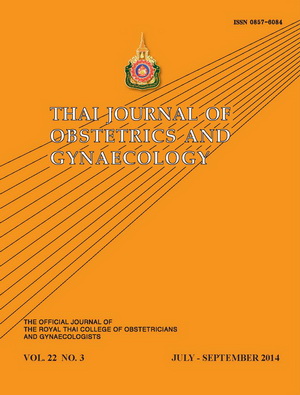Safety and Efficacy of Laparoscopic Colposuspension
Main Article Content
Abstract
Objective: The aim of the study is to determine the effectiveness of the laparoscopic colposuspension in the treatment of urinary stress incontinence. The secondary purpose is to define the place of the intervention among the contemporary methods for the treatment of the disease.
Material and methods: We conducted a prospective single arm observational study between April 1993 and April 2000. All patients participated following a written informed consent. The patients included in this biggest study ever, suffered of urinary stress incontinence or mixed incontinence and we used the laparoscopic colposuspension for the treatment of the disorder. The cure rate was evaluated objectively based on personal examination, and subjectively using an “Incontinence Questionnaire”, filled out by the patients postoperatively.
Results: Out of 312 patients, 7.2% had preoperatively a USI I (urinary stress incontinence grad I), 23.1% a USI II and 69.7% a USI III. Mixed incontinence was observed in 41.1% of the patients and preoperative recurrent incontinence in 17.6% of them. The laparoscopic colposuspension alone was performed in 131 cases and combined with other surgical interventions in 181 patients. The cure rates achieved in our study were 86.4% in primary incontinence and 62.5% in the recurrent urinary incontinence. The overall complication rate was 11.2% with 6% major complications.
Conclusion: The high cure rates obtained in this study, sustained by the literature results, support the further recommendation of the laparoscopic colposuspension in the treatment of urinary stress incontinence as a primary as well as an alternative operative technique.

